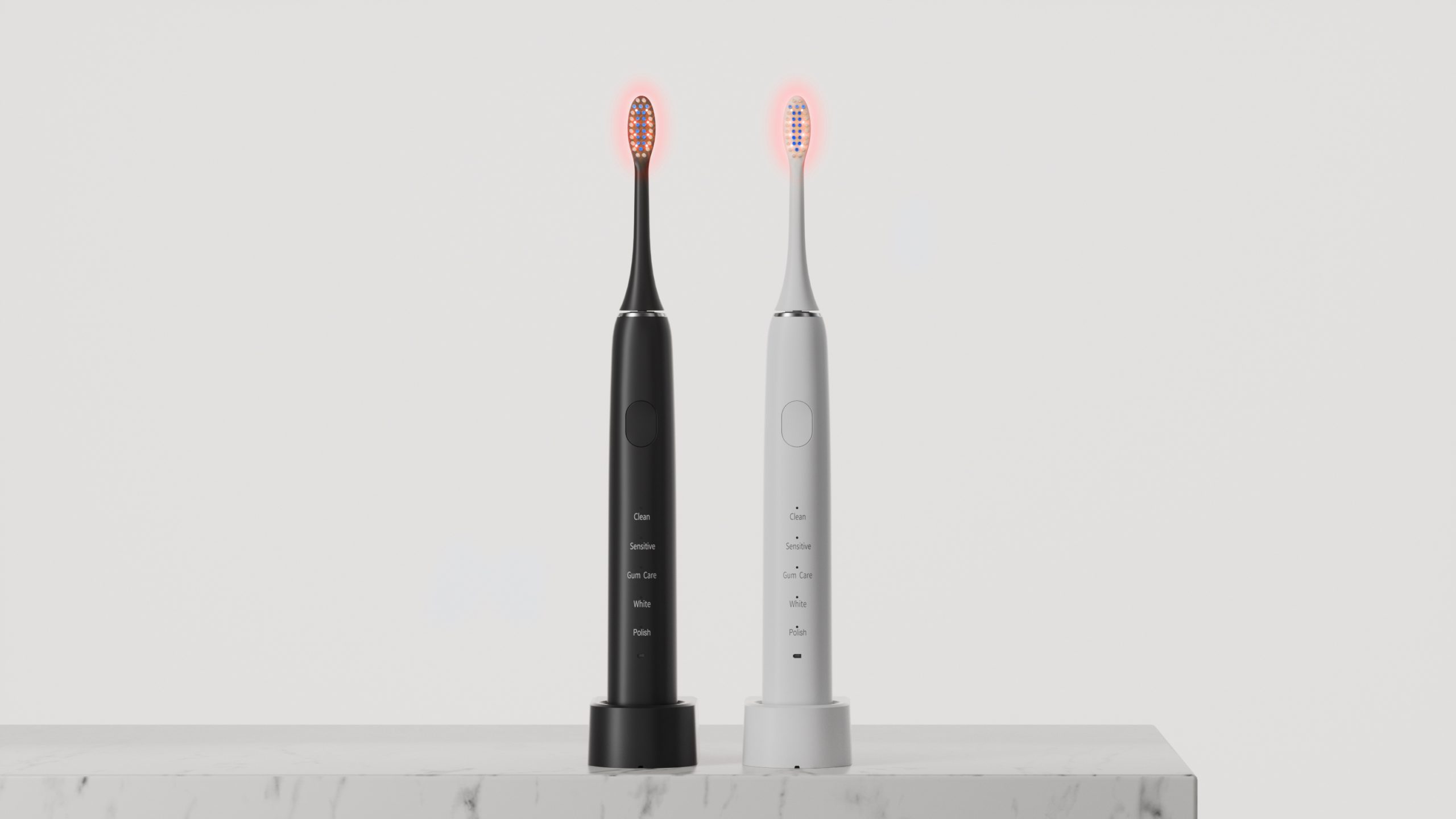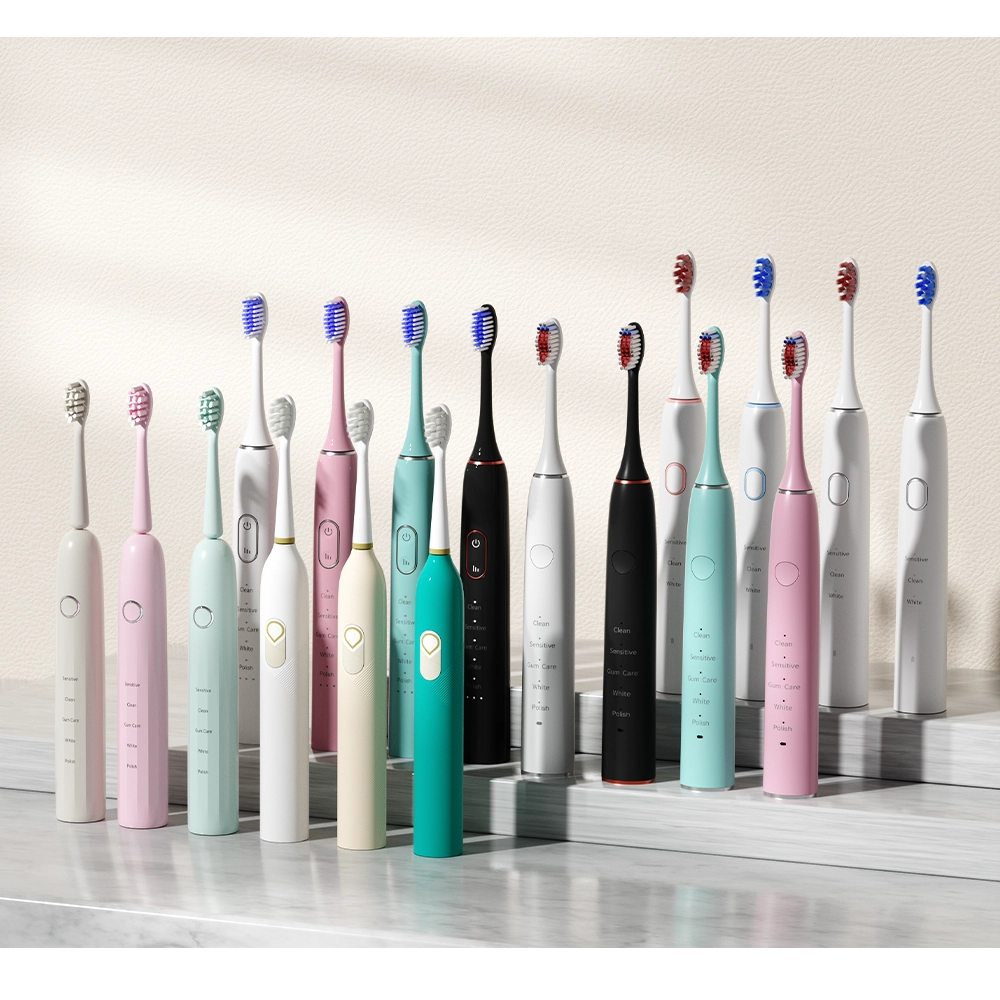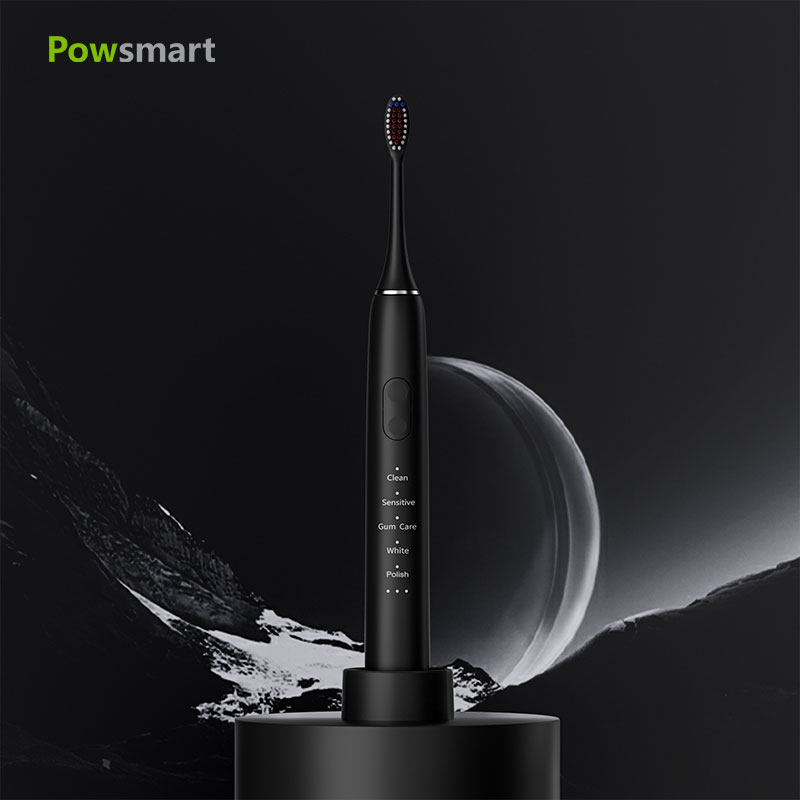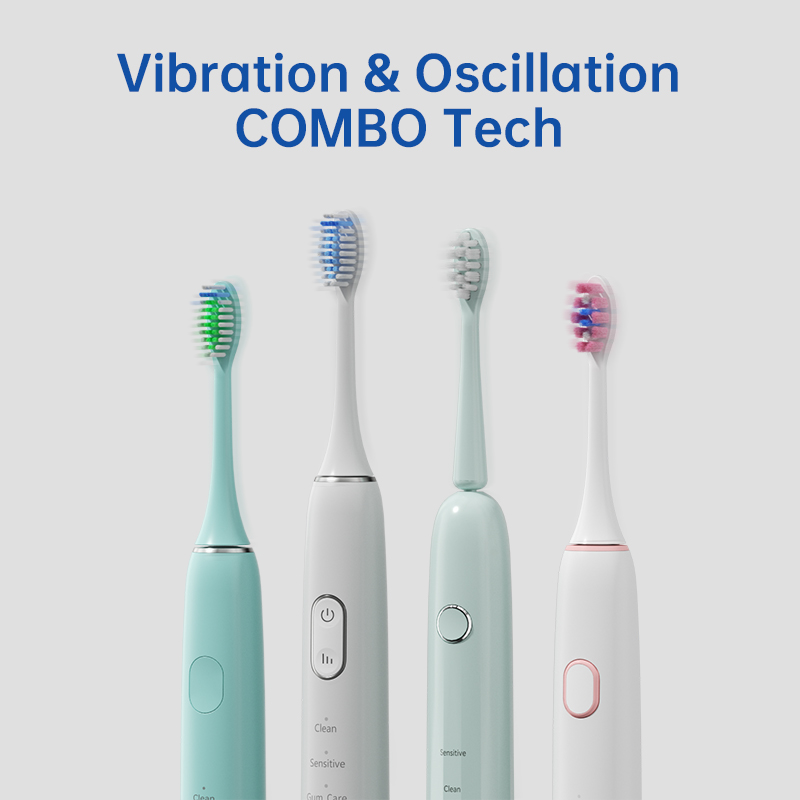In the world of oral care product design, bristle splaying is often treated as a wear-and-tear inevitability. However, mounting clinical feedback suggests that splayed bristles—especially in poorly engineered toothbrush heads—may play a contributing role in gum recession, raising critical concerns for B2B buyers and ODM developers alike. Can this issue be effectively prevented through better materials and design? In this blog, we’ll analyze the root causes, risks, and preventive measures around this overlooked yet impactful defect.
Bristle splaying refers to the outward bending or deformation of toothbrush filaments after extended use. It’s often caused by:
While seemingly minor, splayed bristles disrupt brushing dynamics, reducing plaque removal efficiency and increasing the risk of unintended pressure points on the gums. For users with sensitive gumlines, this change can turn routine brushing into a damaging experience.
As bristles splay, they lose directional control. Instead of gliding smoothly along the tooth-gum margin, they begin to scratch, jab, or scrub at unnatural angles. This leads to:
Over time, this can result in permanent tissue loss—particularly for consumers using mid- to high-frequency sonic toothbrushes where force concentration increases with tip distortion. Company web:https://www.powsmart.com/product/electric-toothbrush/
.jpg)
Not all toothbrush bristles are created equal. Substandard or poorly processed materials are more prone to bristle splaying. Manufacturers should pay attention to:
Using high-quality, FDA-compliant PBT or nylon-6.12 with precision-rounded tips can significantly extend bristle shape retention and minimize the risk of gum impact.
The toothbrush head design also plays a crucial role. Structural flaws that promote bristle splaying include:
Optimizing head shape, tuft density, and multi-zone hardness gradients can delay splaying while improving cleaning coverage and pressure distribution—key factors in gum recession prevention.
To ensure real-world performance, manufacturers should adopt dedicated bristle splaying resistance tests as part of quality assurance. These may include:
By implementing these tests, B2B partners can offer product assurances that go beyond marketing and into proven gingival safety.
Even with top-quality designs, bristles eventually wear. Educating consumers on replacement intervals—ideally every 3 months, or sooner if bristle splaying occurs—helps maintain gum health and enhances brand credibility. Manufacturers can further differentiate by:
These strategies don’t just address gum health—they create a premium ownership experience built around preventing gum recession, not just reacting to it.
The connection between bristle splaying and gum recession is real, measurable, and—most importantly—preventable. For B2B toothbrush manufacturers, the opportunity lies in shifting from passive acceptance to active design innovation. By combining superior materials, structural optimization, and thoughtful user education, brands can significantly reduce the risks of gum damage and build long-term trust with both business partners and end-users. Contact us

Common quality problem with electric toothbrushes
Pulse Lag Plus Incomplete Flushing—Frustration for Users and Manufacturers?

How to Evaluate an Electric Toothbrush Factory’s Comprehensive Capabilities

A Deep Analysis of the Pros and Cons of Traditional Dental Floss and Water Flosser

Five Key Points in Quality Control of Blue Light Teeth Whitening Device: How to Ensure LOW Defects in Products?

What Electric Toothbrush Do Periodontists Recommend? Insights for OEMs

Innovation and environmentally friendly production practices in electric toothbrush factories
Boston Electric Toothbrush with App Connectivity

Oral irrigator sourcing tips

Electric Toothbrushes Are Not as Good as Regular Toothbrushes?

Interesting Teeth And Dental Facts That Will Surprise You
.jpg)
Why is Sonic technology essential for a Kids toothbrush?

How gentle Polish Mode protect Enamel Protection while cleaning?
Flow Inconsistency plus Tooth Loosening – Alarming?
Corporate Holiday Toothbrush Gift Sets | Wellness Gifts for Employees
Compatibility Confusion with Nozzle Replacement? What OEM Buyers Must Know

electric toothbrush heads Charcoal Infuse-Round

Customization Teeth Whitening Gel
.jpg)
Florida Electric Toothbrush – Powsmart PTR-C8

electric toothbrush heads Ultra Soft

Electric toothbrush heads Charcoal Infused-Diamond

electric toothbrush heads Regular Clean

Private Label Whitening Gel

electric toothbrush heads Deep Clean
whstapp
whstapp
National Toll-Free Service Hotline
+86 755 86238638